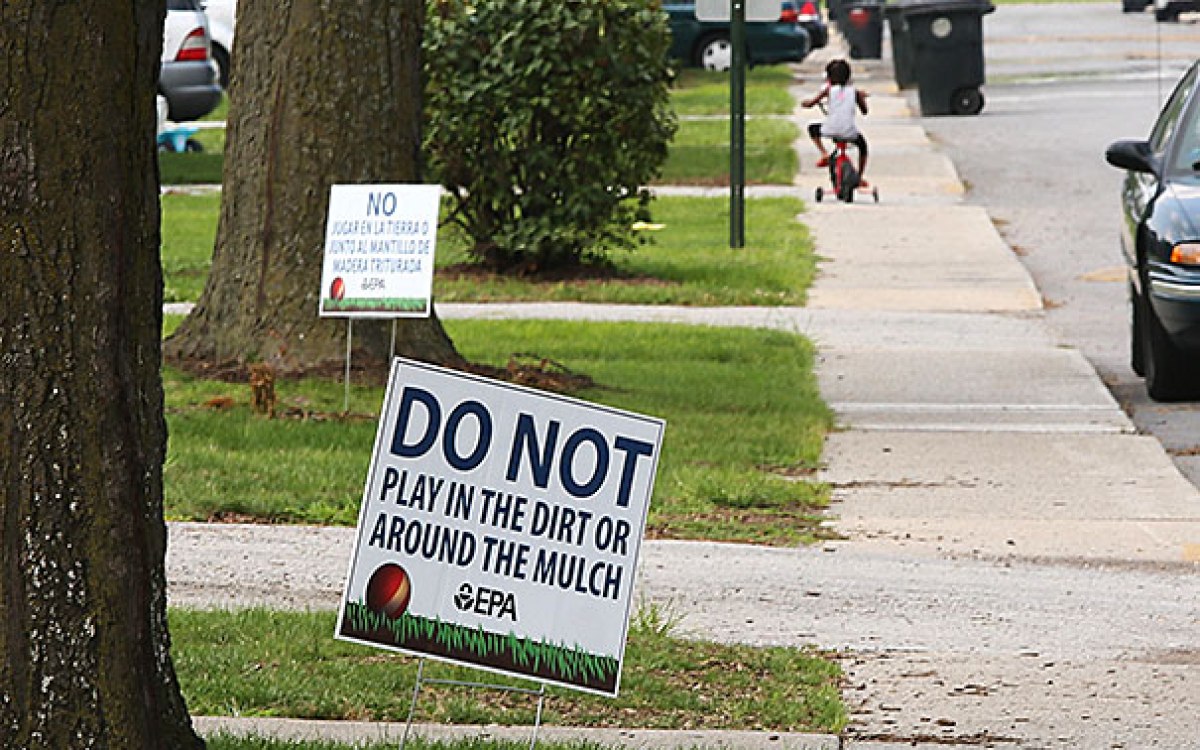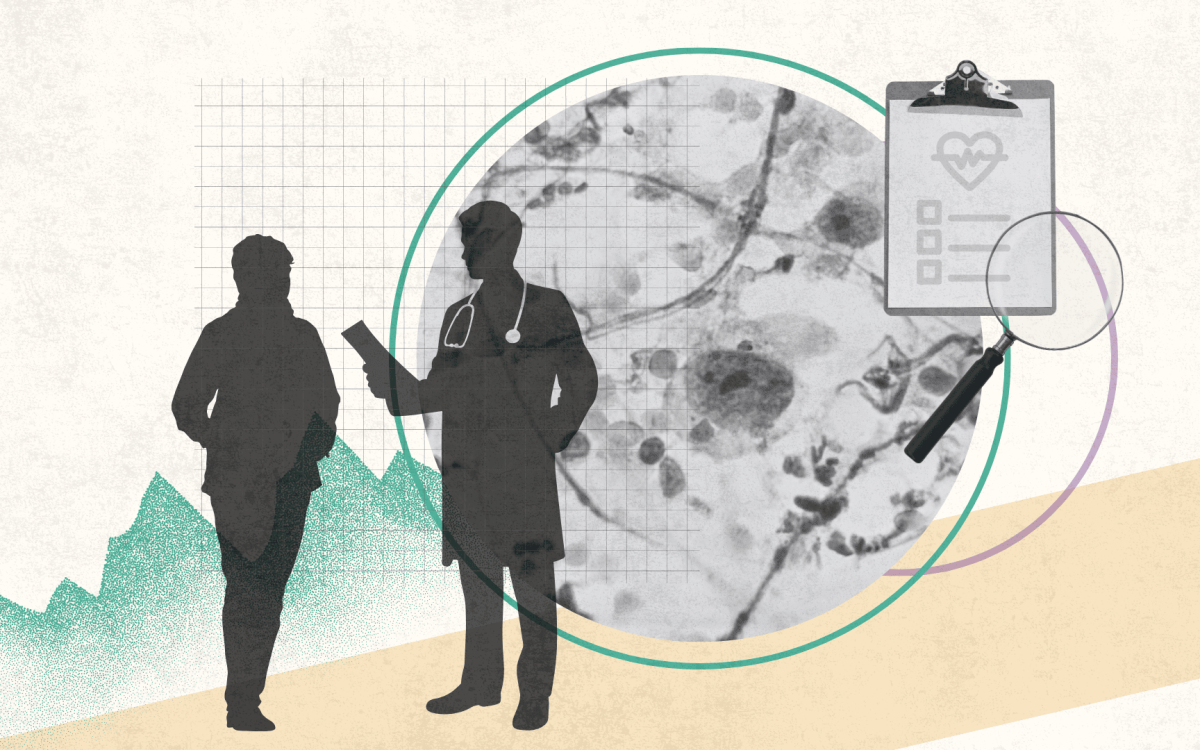Where lead lurks
Scientist’s website a warning system for toxic water
More like this
Lead poisoning is different from other modern health risks, notes epidemiologist Eric Feigl-Ding. No medicine can reverse the damage and no amount of diet and exercise will help. The only solution is prevention.
This reality was at the forefront of his mind last year when he began following the alarming data on high levels of lead in drinking water in Flint, Mich.
“Although I didn’t previously work on environmental epidemiology, I couldn’t just sit there doing nothing,” said Feigl-Ding, a researcher with the Harvard T.H. Chan School of Public Health’s Nutrition Department. “Working in public health, I just really had to do something about the situation. For diabetes or heart disease, there are interventions to treat it, worst-case. However, for lead poisoning there is not. Lead poisoning’s brain damage in children basically is permanent.”
According to the Centers for Disease Control and Prevention (CDC), 4 million U.S. households have children with high lead levels in their bodies and 500,000 children age 5 or younger have blood lead levels of 5 micrograms per deciliter, the CDC’s recommended action threshold. While lead-based paint and dust are major exposure threats, tap water can also be a danger thanks to leaching from service pipes and old indoor plumbing. The CDC says even low blood lead levels can affect a child’s IQ, attention span, and academic performance.
Though municipalities routinely test water and send the data to the U.S. government, the information is not comprehensive and can be difficult to find and understand, Feigl-Ding said. He concluded that a critical missing piece of the puzzle was an easily accessible information portal and alert system connecting citizens to potential problems in their community.
Feigl-Ding assembled an all-volunteer team of software engineers and programmers, who, with head engineer Pius Lee, worked over six months to devise a new web platform, ToxinAlert.org. The site has several functions, including a U.S. map that allows users to enter an address or ZIP code to find water quality data for their location. A look at Flint, for example, shows a dense field of red and orange alerts, a few of which came from government reporting, but most of which originated in local and private testing in recent years as the city’s crisis developed.
The site also has a crowd-sourcing feature where individuals can upload test results of their own. For those who want to get their water tested, the site offers at-cost testing for lead, arsenic, mercury, copper, chromium, and cadmium, as well as more comprehensive tests for pesticides and other contaminants.
Feigl-Ding stressed that the site is nonprofit and that its integrated information-sharing feature is important because there is scant data for the large parts of the nation that get water from wells rather than municipal systems. The data can be helpful for those living in rural areas and concerned about well water potentially contaminated by agricultural runoff, industrial activity, or fracking.
Even for municipal systems, testing is often inadequate, Feigl-Ding said. Boston, for example, reports results from a sample size of just 25 homes annually, he said, a tiny peek at a problem that can vary significantly home to home.
ToxinAlert went live in October. Feigl-Ding’s team, which also includes software engineers Naveen Vemula, Sean Moon and public health scientists Angelica Cristello and Andrea Feigl-Ding, is now at work on features intended to promote grassroots action through a school-centered advocacy and crowd-funding campaign that they expect to launch next month. The campaign will add schools and day care centers to the map so parents can see what testing data exists for those sites. For locations without data, the site will provide information for parents to take steps to have a school or day care center tested twice annually.
The site has become something of a second job for Feigl-Ding, who is looking for funding to help it grow. He’d like to continue to add features to engage elected leaders, and would also like to pursue corporate partners to help with sponsoring and subsidizing testing in communities that may have limited resources.
“There’s a national moment we want to build on and right now is the critical moment to focus on environmental health, just as [the Environmental Protection Agency] is being weakened in the new administration,” Feigl-Ding said. “But first is aggregating the data and building the public alert network. We hope to forestall another calamity like Flint. If we catch it early, we can save thousands, if not millions, of children from permanent brain damage and other poisoning.”
The Forum at the Harvard T.H. Chan School of Public Health will present a live webcast titled “Hormone-Altering Chemicals: Fertility and Health Implications” from 12:30 to 1:30 p.m., Tuesday. The webcast can also be viewed on Facebook Live https://www.facebook.com/Forumhsph/.






